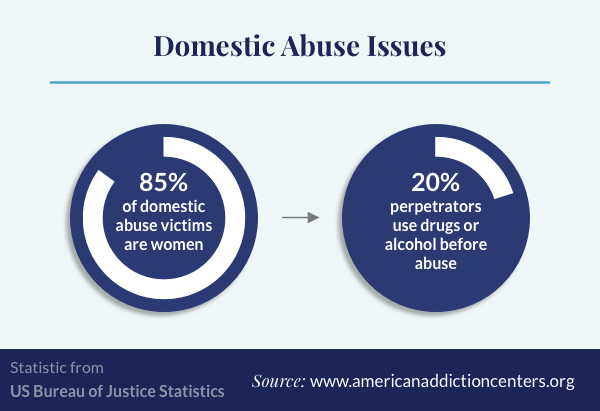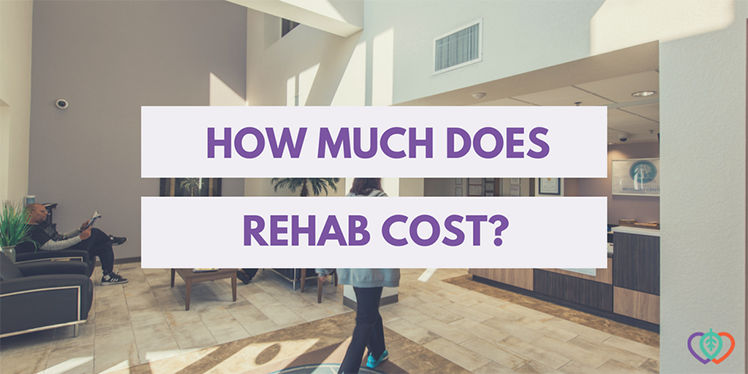He simply did not understand how and when to bring it up with Karen. So the therapist dealt with Paul to produce a prepare for where and when he would raise this subject, and the rest of the session was spent role-playing what Paul wished to say to Karen and how he could react to her possible responses.
From the understanding of the issue cultivated in overcoming the precontemplation stage, and from the broadened awareness of possible reactions considered in the 2nd phase of change, the client picks a response and develops the cognitive, affective, behavioral, and interpersonal conditions under which change can happen. This preparation in terms of how the client picks to believe, feel, act, and relate can be assisted in by carefully working out treatment jobs at this phase to match the objectives the customer has concerned back.
Progress through these first 3 phases of change parallels the client's acquisition of insights into the nature of personal problems and into the procedure of altering them. As clients broaden their insights into the desirability and feasibility of change, the objective of taking specific action to minimize troublesome compound usage emerges in prominence.
An action strategy defines requirements of change, typically in terms of behaviors that demonstrate a difference from previous practices. Some examples consist of a customer with a detected alcohol use condition who successfully avoids consuming for an entire week and deals with to continue abstinence. A drug binger overcomes former reluctance to attempt domestic treatment after numerous stopped working efforts to quit drugs through outpatient treatment, and checks himself into an inpatient treatment facility.
To assist clients put insight into action, therapists can propose altering the stimuli or the repercussions that shape client habits. how many addiction treatment centers are there in the us. When the goal is to alter patterns of substance usage, customers will need to apply some control over the stimuli to which they are exposed, typically by avoiding contact with particular individuals or circumstances that elicit temptation to abuse substances, and by replacing those stimuli with new stimuli related to much healthier and still gratifying habits (which of the following is not of proven effectiveness in the treatment of narcotic addiction?).
In designing action objectives to deal with uncontrollable stimuli, the therapy dyad aims to practice brand-new responses to "activate" scenarios. Focus is put on the results of the customer's habits, with attention to promoting supports to increase the possibility of continuing brand-new discovered responses. Also, the punishing repercussions of continuing old routines may be examined and, to the degree possible, accentuated to help customers resist resumption of behaviors they are attempting to change.

3 Simple Techniques For What Must Be On A Prescription For Opioid Addiction Treatment Massachusetts

Carroll and Roundsaville (2006) assert robust concepts of empirical support for the effectiveness of behavioral and cognitive-behavioral interventions across all significant types of compound usage disorders. They note that research study likewise supports the efficacy of these therapies for other psychological problems, crucial considering the high comorbidity of substance use disorders with other psychological health issues.
The two general goals and matching treatment techniques used listed below obtain extensively from their formulation of therapy at the action stages of customer change. The objectives differ in regards to concentrate on classically versus operantly conditioned behaviors, and the approaches are differentiated in regards to the degree to which the person has direct control over the stimuli or the results influencing individual learning and habits.
Obviously, this goal can likewise be worded in a treatment strategy in terms a lot more familiar to the customer than psychological lingo. The therapist informs the client that the function is to change behavior by cutting the link between a signal (that drugs or alcohol are offered and preferable) and an action (using a psychedelic compound) that the person has actually found out to make to that signal.
For example, the mentioned plan might be to assist a customer find alternative, healthier methods of responding to boredom, anger, unhappiness, or aggravation without resorting to drug or alcohol usage. In another case, the plan might be to prevent direct exposure to people, events, or other cues that the customer associates with drug use.
In the very first technique, a new behavior is learned to react to the usual tough feelings. In the second case, the plan is to make changes in the client's environment so that the stimuli that activate compound usage are less available. Prochaska and Norcross (1994; 2014) differentiate these 2 techniques of changing classically conditioned actions by explaining that the very first, counterconditioning, concentrates on changing the person's experience, which the second, stimulus control, highlights modification of the person's environment.
This is an essential concern for substance users who have ended up being accustomed drug rehab pompano beach fl to reaching for their substance of option when member of the family get on their nerves, or when they feel obstructed from completing required jobs, or when the end of the work week arrives, because these kinds of events can not be totally eliminated - what different kinds of treatment exist for addiction.
Our What Is The Best Treatment Center For Addiction Ideas
The customer who wishes to stop utilizing drugs or alcohol in action to such stimuli needs not just to be mindful of alternative responses besides using compounds; the customer needs to actually utilize those brand-new responses. The customer's action plan is to execute brand-new reactions to signals that formerly generated disordered usage of drugs or alcohol.
The strategy needs to also include requirements that will indicate when the customer has actually successfully completed the action, along with mentioned substance abuse facility palm beach fl objectives to examine the customer's ideas, feelings and experiences of the brand-new habits. When the plan gives the customer clear ideas about what to expect both from the therapist and from the procedure of attempting something new, the client might be more motivated to follow through with the action.
The therapist normally can not manage the stimulus for the customer, but rather teaches the customer suggests of stimulus control. Satisfying this goal exceeds listing circumstances or people the customer will wish to avoid (though this is a crucial initial step). The therapist will even more ask about what it will resemble for the client to keep away from setting off stimuli, how the client expects to lessen exposure, and how the client feels about doing so.
To illustrate, Juanita has successfully stopped cigarette https://trevormpvo614.hatenablog.com/entry/2020/09/17/144634 smoking for one week and two days. She knows it will be tough to deal with urges to smoke when she is studying for upcoming exams. Her preferred location to study utilized to be a campus coffeehouse, but she tells her therapist that the smoky environment there could contribute to the temptation to illuminate a cigarette. how to open an addiction treatment center.
The treatment plan Juanita and her therapist produced together can be seen in Table 4. Table 4. Maintenance Treatment Plan for Juanita, Client Detected with Tobacco Usage Disorder, and Assessed in Shift from Action to Maintenance Phases of Change Problem: Juanita wishes to maintain her initial success at stopping smoking for 9 days, however she is fretted that she may regression if exposed to specific cues and activates.
Goal: Stay away as much as possible from locations where she understands people will be cigarette smoking or cigarettes will be offered. Approach: List in session the locations and situations Juanita prepares to avoid. Technique: Define alternatives Juanita can utilize, consisting of other things she can do and other places she can go.